Global aid cuts must not hinder women’s empowerment
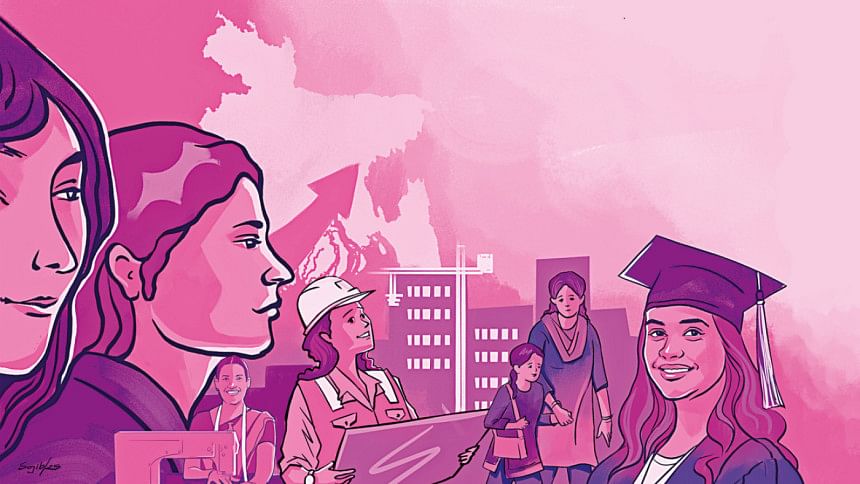
As the world prepares to celebrate International Women's Day (IWD) 2025, a looming crisis threatens to stall progress towards gender equality and women's empowerment. The recent decision by USAID to halt funding for global development interventions, coupled with significant cuts in development cooperation budgets by governments of Switzerland, the Netherlands, and the United Kingdom, poses a severe challenge to countries like Bangladesh, where external funding has played a critical role in advancing women's rights, economic inclusion, and social mobility.
These funding reductions come at a time when Bangladesh has made remarkable progress in gender parity. However, this progress is fragile, and without sustained financial support, many of the initiatives that have driven these achievements could face setbacks.
Historically, Bangladesh has benefited from international donor support for women's empowerment programmes in areas such as education, health, economic participation, and political representation. Initiatives like USAID's Women's Global Development and Prosperity Initiative (W-GDP), UK Aid's Girls' Education Challenge, and the Netherlands' support for sexual and reproductive health programmes have been instrumental in reducing gender disparities. The sudden withdrawal or reduction of these funds raises several concerns:
Threat to women's economic participation
Women's participation in the labour force remains low at 36 percent, compared to 81 percent for men (World Bank, 2023). Programmes supporting skills training, entrepreneurship, and financial inclusion—many of which rely on donor funds—are now at risk. Without alternative financing mechanisms, there is a danger that women's economic progress will stagnate or regress.
Risk to girls' education
Bangladesh has achieved near gender parity in primary and secondary education, with female enrolment surpassing that of males in some areas. However, donor-funded programmes have been critical in addressing barriers such as child marriage, menstrual hygiene, and school dropout rates. The reduction in development aid could mean fewer scholarships, learning materials, and school feeding programmes for marginalised girls, leading to higher dropout rates.
Challenges in combating gender-based violence
According to the Bangladesh Bureau of Statistics, 52 percent of ever-married women have experienced some form of domestic violence. Programmes providing legal aid, safe shelters, and awareness campaigns—many of which depend on donor support—may struggle to sustain their services. This could lead to increased vulnerability for women facing abuse.
Health and reproductive rights under threat
Maternal mortality in Bangladesh has significantly declined, from 574 deaths per 100,000 live births in 1990 to 163 in 2020 (UNICEF, 2023). Donor-supported interventions, including reproductive health services, access to contraceptives, and maternal care, have been key contributors. With reduced funding, access to these life-saving services could be compromised, particularly in rural and underserved areas.
Given these challenges, Bangladesh must find alternative ways to sustain and accelerate progress in women's empowerment. The following strategies could help mitigate the impact of funding cuts:
Strengthening domestic resource mobilisation
The government must increase its budget allocation for gender-responsive programmes. Currently, only 29 percent of the national budget directly contributes to gender equality initiatives (Ministry of Finance, 2023). This needs to be expanded.
Encouraging private sector and philanthropic contributions
Bangladesh's private sector, particularly the garment industry, contributes 84 percent of total export earnings and employs nearly four million women. Companies can play a greater role in funding women's empowerment programmes, such as workplace childcare facilities, maternity benefits, and leadership training for female workers. Additionally, engaging philanthropic organisations and local businesses in corporate social responsibility initiatives can help bridge funding gaps.
Expanding microfinance and social enterprises
Microfinance institutions have empowered millions of women entrepreneurs. Scaling up such initiatives, alongside government-backed financial inclusion programmes, can provide alternative pathways for women's economic independence. Digital financial services also offer new opportunities to expand access to credit and savings for women in remote areas.
Leveraging technology and innovation
E-learning platforms, mobile health services, and digital marketplaces can help sustain education, health, and economic participation for women. For example, Aponjon, a mobile-based maternal health service, has reached millions of women with vital pregnancy and postnatal care information.
Strengthening South-South cooperation
Bangladesh can collaborate with other Global South nations to share best practices, expertise, and resources in gender-responsive policies. Partnerships with regional organisations such as SAARC, ASEAN, and BRICS could open avenues for funding and technical assistance beyond traditional Western donors.
The funding cuts by USAID and other donors signal a worrying trend that could impact gender equality efforts worldwide. The UN estimates that achieving gender equality by 2030 requires an annual investment of $360 billion—a goal that seems increasingly difficult without sustained global financing. Low- and middle-income countries, including Bangladesh, may face setbacks in their efforts to close the gender gap if alternative funding strategies are not pursued.
However, this crisis also presents an opportunity for countries to become more self-reliant and innovative in addressing gender disparities. While external funding has played a vital role, true gender equality must be driven by national commitment, local ownership, and sustainable financing mechanisms.
The road ahead may be challenging, but with strategic action and collective efforts, Bangladesh can ensure that its women's empowerment agenda remains unwavering, resilient, and forward-looking—regardless of global financial fluctuations.
SM Faridul Haque is a gender and inclusion strategist, working in the development sector.
Views expressed in this article are the author's own.
Follow The Daily Star Opinion on Facebook for the latest opinions, commentaries, and analyses by experts and professionals. To contribute your article or letter to The Daily Star Opinion, see our submission guidelines.

 For all latest news, follow The Daily Star's Google News channel.
For all latest news, follow The Daily Star's Google News channel. 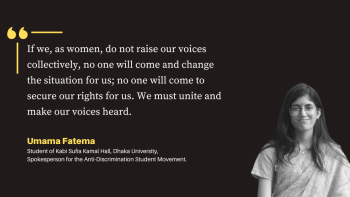





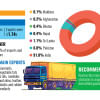
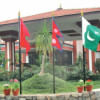


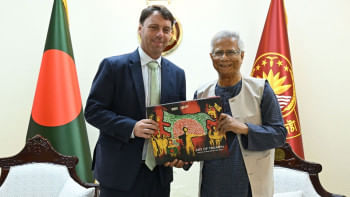
Comments